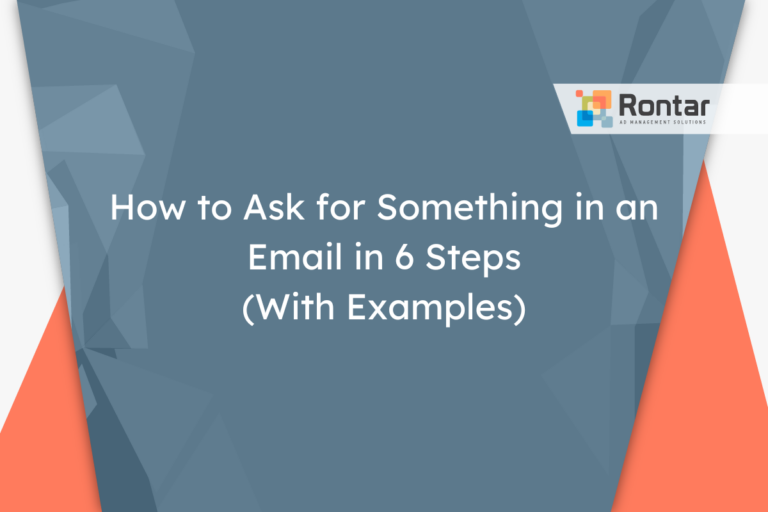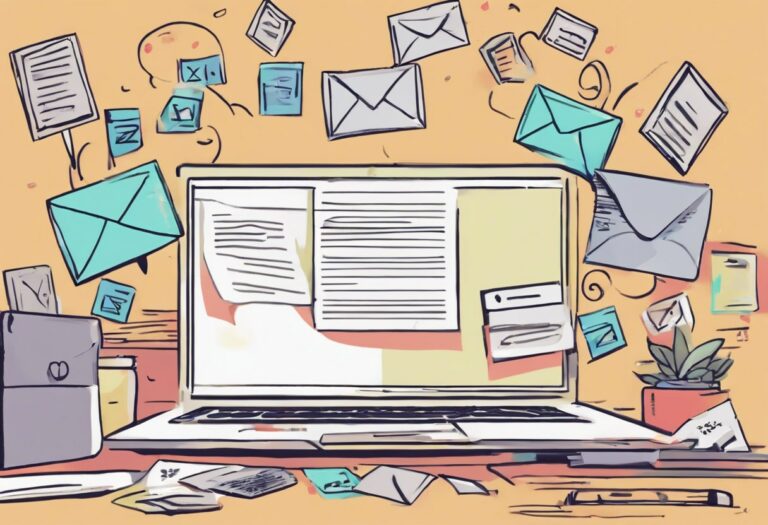10 Other Ways to Say “By Way of Introduction” in an Email

In today’s digitally-driven world, emails serve as crucial communication tools, especially in professional settings. Crafting a compelling and courteous introduction is key to making a memorable first impression.
Beyond the traditional “By way of introduction,” there are numerous ways to present yourself in an email that can set the tone for positive interactions.
This article explores ten alternative phrases to introduce yourself effectively, ensuring your email stands out in the recipient’s inbox.
Can You Use “By Way of Introduction” to Introduce Yourself?
Yes, you can use “By Way of Introduction” to introduce yourself in an email. This phrase is professional, formal, and polite, making it suitable for business correspondences and new interactions. It sets a respectful tone and clearly indicates that the purpose of the email is to introduce the sender to the recipient. This phrase is particularly useful in situations where you are being introduced by someone else, or you are reaching out to someone for the first time, especially in a professional setting.
Here is an example of how to use “By Way of Introduction” in an email:
Hi [Recipient's Name], By way of introduction, my name is [Your Name], and I recently joined [Company/Organization Name] as the [Your Position]. I am reaching out to discuss the potential for collaboration between our teams on the upcoming [Project/Initiative Name]. I look forward to the possibility of working together and exchanging ideas to drive success in our shared objectives. Best regards, [Your Name] [Your Position] [Company/Organization Name] [Contact Information]
While “By Way of Introduction” is widely accepted and understood, here are some pros and cons of using this phrase:
Pros:
- Establishes a clear purpose for the email.
- Conveys a professional and respectful tone.
- Useful for formal email correspondences.
Cons:
- May be considered overly formal in more casual settings or industries.
- Could be redundant if the email subject line already indicates an introduction.
Given these points, someone might want to use an alternative phrase if the context calls for a less formal tone or if they wish to convey warmth or immediacy more effectively. Alternatives might also be sought to add variety to one’s language, especially if they find themselves frequently drafting introductory emails. Considering synonyms or phrases that have a similar meaning but offer a different style or tone can help tailor the introduction to the specific audience and purpose of the email.
10 Other Ways to Say “By Way of Introduction”
Exploring different ways to introduce yourself can make your email correspondence more dynamic and personalized. Here are ten alternatives that cater to various contexts and preferences.
- Allow me to introduce myself
- I’d like to introduce myself
- Pleased to meet you
- Let me start by introducing myself
- I’m excited to connect with you
- As a brief introduction
- Before we dive in, let me introduce myself
- I’m new around here
- Greetings and introductions
- It’s my pleasure to introduce myself
1. Allow me to introduce myself
This phrase is both polite and formal, making it suitable for professional emails where you have not previously interacted with the recipient. It sets a respectful tone for the conversation.
Example:
Hi [Recipient's Name], Allow me to introduce myself. My name is Jane Doe, and I have recently joined [Company Name] as the new [Position Title]. I look forward to working closely with you and your team on our upcoming projects. Best regards, [Your Name]
2. I’d like to introduce myself
This introduction strikes a balance between formality and friendliness, perfect for when you’re reaching out to someone for the first time in a professional but open context.
Example:
Hello [Recipient's Name], I'd like to introduce myself. I'm John Smith, the new lead on the [Project Name]. I'm eager to bring my experience to the table and collaborate with you. Kind regards, [Your Name]
3. Pleased to meet you
This phrase works well in emails following a brief encounter or when anticipating a future meeting. It conveys warmth and eagerness to establish a connection.
Example:
Hi [Recipient's Name], Pleased to meet you, even if just via email for now. My name is Anna Lee, and I'll be coordinating the upcoming workshop where I hope we'll meet in person. Warmly, [Your Name]
4. Let me start by introducing myself
Use this when your email contains important information or requests beyond the introduction. It signals to the reader that there’s more to come after the initial pleasantries.
Example:
Hi [Recipient's Name], Let me start by introducing myself. My name is Alex Martinez, and I'm reaching out regarding the partnership proposal between [Your Company] and [Their Company]. I believe we have a lot to discuss. Best, [Your Name]
5. I’m excited to connect with you
This less formal introduction is perfect for networking or when you’re genuinely enthusiastic about the potential collaboration or connection.
Example:
Hello [Recipient's Name], I'm excited to connect with you. My name is Sam Johnson, and I've admired your work in [Field/Industry] for some time. I'm looking forward to the possibility of working together. Cheers, [Your Name]
6. As a brief introduction
This introduction is ideal for busy recipients, suggesting that your message will be concise and to the point.
Example:
Hi [Recipient's Name], As a brief introduction, my name is Kim Lee, and I oversee the [Specific Department] at [Company]. I am reaching out to discuss a potential collaboration. Best wishes, [Your Name]
7. Before we dive in, let me introduce myself
This phrase sets the stage for a detailed discussion or presentation, creating a friendly entry into the subsequent content.
Example:
Hi Everyone, Before we dive into the meeting agenda, let me introduce myself. I'm Mia Thompson, and I've recently taken over as project manager. I'm keen to tackle the challenges ahead with your support. Regards, [Your Name]
8. I’m new around here
Great for a casual introduction, especially when you are indeed new to a company, team, or community. It’s an approachable way to start your email.
Example:
Hey Team, I'm new around here, so I wanted to take a moment to introduce myself. My name is Derek, and I'm the latest addition to the marketing department. I can't wait to get to know all of you! All the best, [Your Name]
9. Greetings and introductions
This formal yet friendly opening is versatile, suitable for a variety of professional settings.
Example:
Hi [Recipient's Name], Greetings and introductions are in order. My name is Lisa Green, and I am your new contact for [Service/Product]. I look forward to assisting you. Sincerely, [Your Name]
10. It’s my pleasure to introduce myself
This introduction conveys a high level of politeness and enthusiasm about making a new professional acquaintance.
Example:
Hi [Recipient's Name], It's my pleasure to introduce myself. I am Mark Brown, and I'll be working with you on behalf of [Your Company]. I'm committed to ensuring the best outcomes for our joint projects. Warm regards, [Your Name]
Final Thoughts
Mastering the art of email introductions is an essential skill in the modern professional landscape. With the alternatives provided to the traditional “By way of introduction,” you’re now equipped to approach your email correspondences with a fresh perspective. Each phrase offers a unique shade of politeness, formality, or warmth, allowing you to tailor your introductions based on the context and your relationship with the recipient.
Remember, the beginning of your email sets the stage for what’s to come, making it crucial to choose your words wisely. By using these varied introductions, you not only enhance your emails’ professionalism but also increase the likelihood of your message being received positively.
So, the next time you find yourself drafting an introductory email, consider these alternatives to make a lasting impression.






